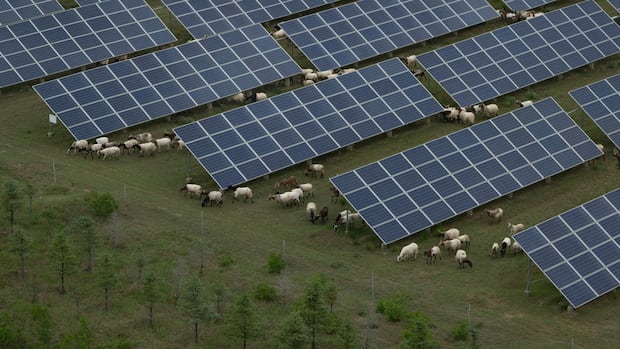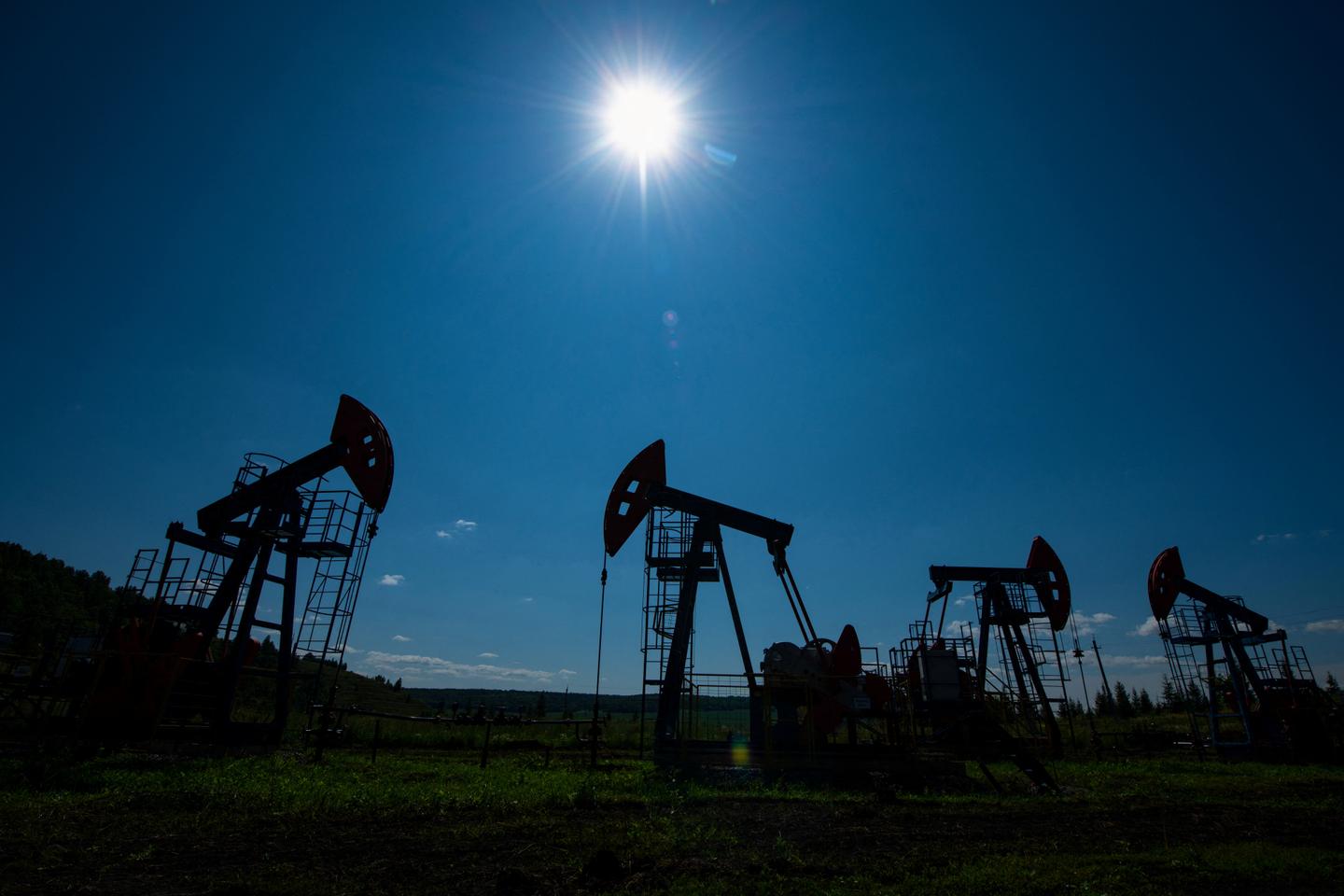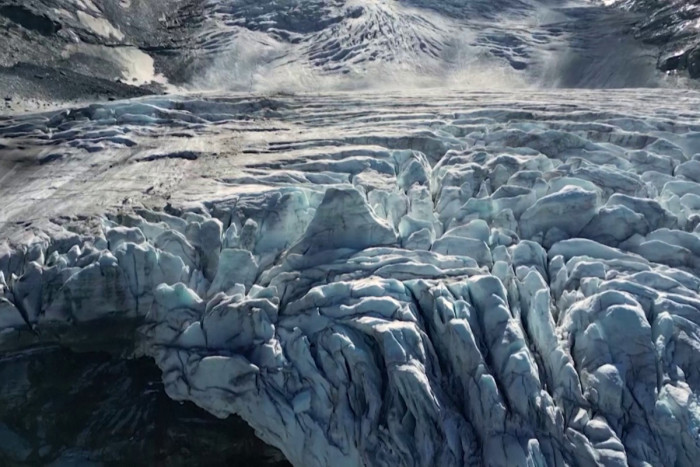A wildfire at Florida Panther National Wildlife Refuge, USA. Credit: Josh O’Connor, USFWS
A new study has found that catastrophic wildfires with major socioeconomic impacts are becoming more frequent and severe, with 43% of the world’s costliest fires striking in just the past decade.
The research analysed more than 4 decades of global reinsurance data and international disaster reports and found that half of the billion-dollar fire events since 1980 have occurred in the past 10 years.
The study’s authors call for urgent action to overcome future potential damage and highlight the importance of combining modern approaches with Indigenous fire management knowledge to adapt to the challenge.
“These aren’t just bigger fires, they’re fires occurring under increasingly extreme weather conditions that make them unstoppable,” says Dr Calum Cunningham, the lead author of the study from the University of Tasmania’s (UTas) Fire Centre in Australia.
“We’re witnessing a fundamental shift in how wildfires impact society.”
The study published in Science focused on wildfire events which killed 10 or more people or ranked among the 200 most economically damaging relative to a country’s gross domestic product (GDP).
The results show that fatal wildfires causing 10 or more deaths have tripled since 1980, with the economic damage increasing more than 4 times in that same period.
The Mediterranean forests, woodlands, and scrub biomes of Europe, southern South America, western US, South Africa and southern Australia, as well as the temperate conifer forests of western North America, were disproportionately affected.
In these regions, disasters occurred 12.1 and 4.3 times more than would be expected based on the biomes’ areas.
Half of the disasters analysed occurred during the most extreme weather conditions on record, which are only meant to occur once every 3 years but are becoming more common.
The study found that atmospheric dryness has increased by 2.4 times since 1980, with severe drought increasing by 3.4 times in that same period.
“The disasters were inextricably linked to conditions climate change is making more common,” says Cunningham.
“This indicates that we are entering an era of more profound wildfire impacts.”
“We’re dealing with fires under weather conditions fundamentally more dangerous than previous generations experienced,” adds co-author Professor David Bowman, also from UTas.
“Climate change has fundamentally altered the game. We need to adapt to how we live with fire, not just fight it.”
Tragically, the authors write, several major fire disasters occurred after the period of their analysis in areas predicted as extremely high risk.
This included the wildfires in Valparaíso, Chile and Jasper, Canada in 2024, and the 2025 wildfires in Los Angeles, USA, and South Korea.
But just being able to predict where the next wildfire may occur is not enough. The authors instead call for more urgent comprehensive adaptation strategies.
“We need to be thinking outside the box in terms of the tools that we apply in preparing landscapes in the face of climate change,” says Cunningham.
While Cunningham stresses that every increment of global warming prevented can reduce the risk of major wildfire disasters, approaches like evacuation planning, fuel reduction and building standards can also prepare the communities most at risk.
“Indigenous cultures around the world have skilfully applied fire for millennia to both manage fire risk and also produce healthy environments. Now that offers a clue to the path forward out of the fire crisis,” says Cunningham.
“We must embrace and deploy that wisdom, that deep wisdom from Indigenous communities, but do so by pairing it with modern approaches to managing fire.”
[SRC] https://cosmosmagazine.com/earth/climate/climate-change-worst-wildfires/
 Visit the website
Visit the website





